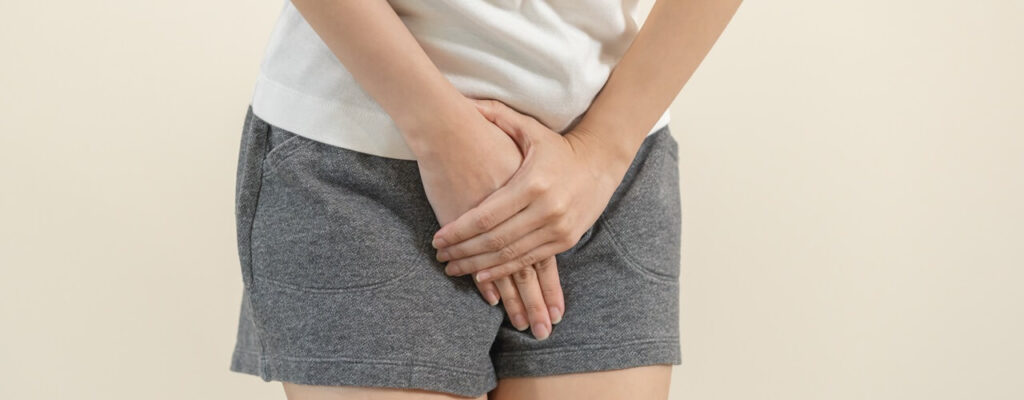Unlocking Relief: Pelvic Floor Therapy for Urinary Incontinence

Meet Jo, a vibrant woman in her thirties who enjoyed hiking with friends and playing with her children. However, ever since giving birth to her third child, she was constantly rushing to the bathroom, fearing leaks and embarrassment. If you can relate to Jo’s experience, you’re not alone. Pelvic floor therapy for incontinence offers hope and relief.
Ready to take the first step towards reclaiming control? Call our team at Smith Physical Therapy & Wellness in TX today to learn more!
Understanding Incontinence: Causes and Symptoms
Urinary incontinence can manifest in various ways, affecting individuals differently based on factors such as age, gender, and underlying health conditions.
For Jo, her battle with urinary incontinence began after childbirth, leaving her feeling frustrated and self-conscious. Like many others, she experienced sudden urges to urinate, especially during physical activities, and struggled to reach the bathroom in time.
Types and Symptoms of Urinary Incontinence
Urge Incontinence
- Individuals experience a sudden, intense urge to urinate, often followed by involuntary leakage before reaching the bathroom. Urge incontinence can occur frequently throughout the day and disrupt daily activities.
Stress Incontinence
- Leakage occurs during activities that exert pressure on the bladder, such as laughing, coughing, sneezing, or lifting heavy objects. This type of incontinence is commonly associated with weakened pelvic floor muscles.
Overflow Incontinence
- Individuals experience frequent or constant dribbling of urine due to an inability to empty the bladder fully. Overflow incontinence results from bladder muscle weakness or obstruction of the urinary tract.
Causes
Pregnancy and Childbirth
- The physical changes that occur during pregnancy and childbirth can weaken the pelvic floor muscles and damage nerves involved in bladder control, leading to urinary incontinence.
Aging
- As individuals age, the risk of incontinence tends to increase due to changes in hormone levels, muscle tone, and bladder capacity.
Chronic Health Conditions
- Certain medical conditions such as obesity, diabetes, neurological disorders, and urinary tract infections can affect bladder function and increase the risk of urinary incontinence.
Individuals like Jo can seek appropriate treatment and regain control over their bladder function and quality of life by understanding the symptoms and causes of urinary incontinence.
Empowering Recovery: Exploring Pelvic Floor Therapy for Incontinence Relief
Searching for relief, Jo sought help from our pelvic floor therapist. Jo’s therapist provided a personalized and comprehensive treatment plan tailored to her needs. Pelvic floor therapy can effectively treat urinary incontinence by addressing the underlying causes and restoring optimal pelvic floor function.
Jo’s Recovery with Pelvic Floor Therapy for Incontinence
Pelvic Floor Muscle Exercises (Kegels)
- Pelvic floor muscle exercises, also known as Kegels, are a cornerstone of pelvic floor therapy. These exercises involve contracting and relaxing your pelvic floor muscles to improve strength, endurance, and coordination. Jo learned how to perform Kegel exercises under the guidance of her pelvic floor therapist, gradually increasing the duration and intensity of contractions to strengthen her pelvic floor muscles and reduce episodes of urinary incontinence.
Behavioral Strategies
- Pelvic floor therapy includes education on behavioral strategies and lifestyle modifications to manage urinary incontinence effectively. Therapists worked with Jo to identify triggers for incontinence, such as certain foods or beverages, and implement strategies to minimize symptoms. Jo received personalized guidance on bladder training and fluid intake management from her pelvic floor therapist, learning how to schedule regular bathroom breaks and avoid bladder irritants to improve urinary continence.
Relaxation Techniques
- In addition to strengthening pelvic floor muscles, pelvic floor therapy incorporates relaxation techniques to alleviate muscle tension and improve bladder control. Jo practiced relaxation techniques as part of her pelvic floor therapy regimen, learning to release tension in her pelvic floor muscles and restore balance to her bladder function.
Jo experienced significant improvements in urinary control and overall quality of life with pelvic floor therapy. Not only did she notice strengthened pelvic muscles and enhanced bladder function, but she also regained confidence in her body’s ability to support her daily activities.
The Road to Incontinence Relief with Pelvic Floor Therapy
Whether you’re a new mother like Jo or experiencing incontinence for other reasons, know that effective solutions are within reach. Our team is here to guide you toward freedom and confidence. Call our team at Smith Physical Therapy & Wellness in TX today to learn more about pelvic floor therapy for incontinence and regain control of your life!

